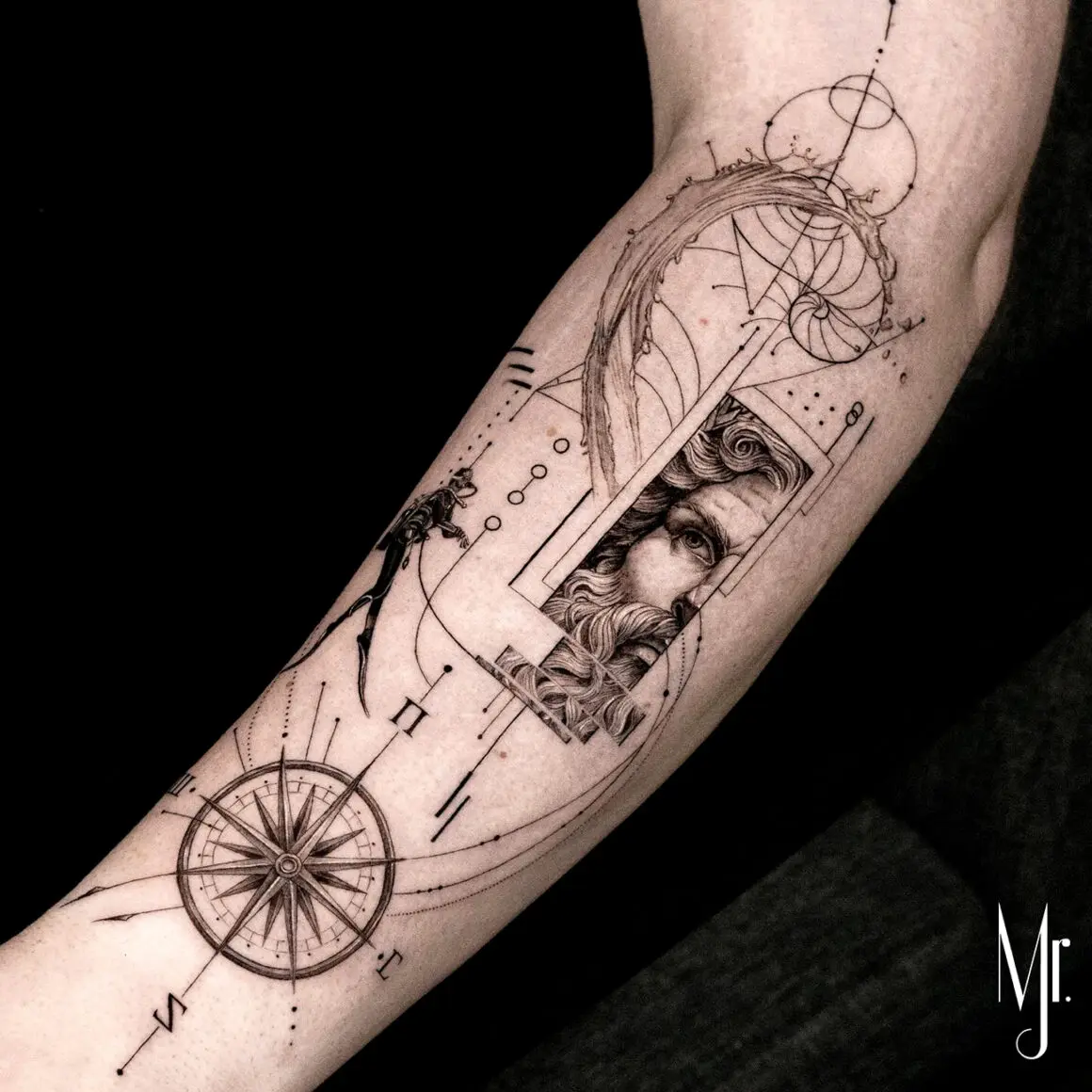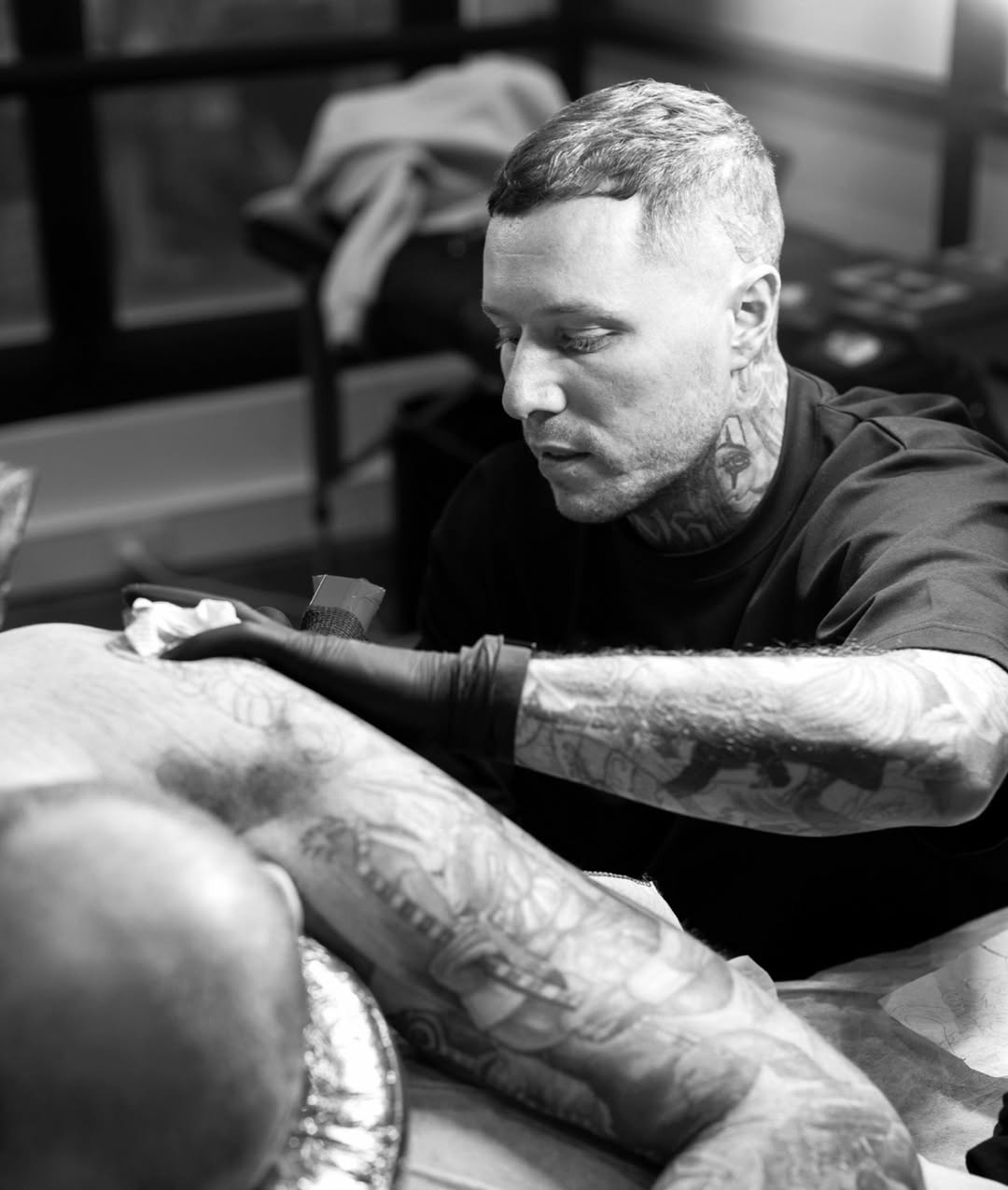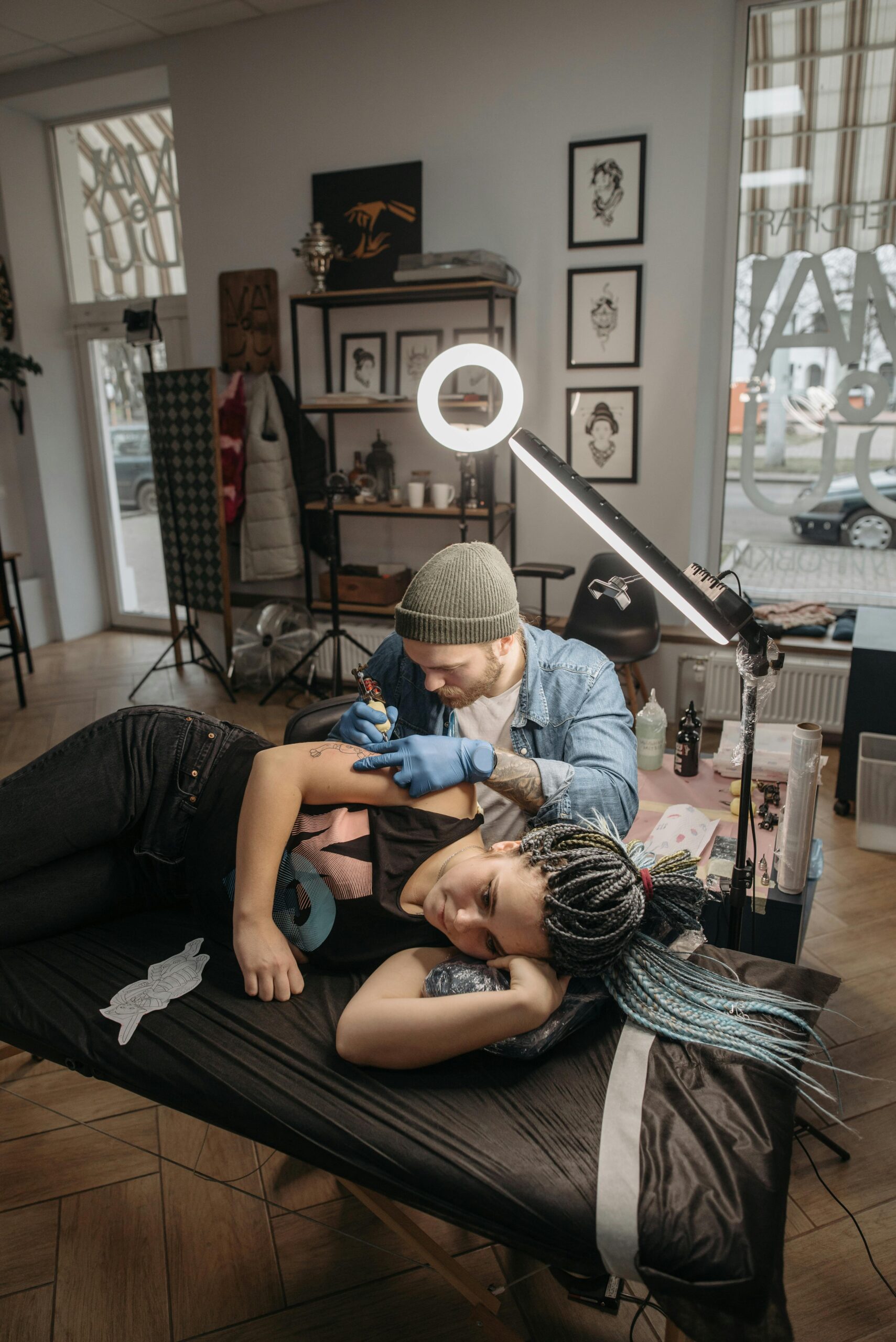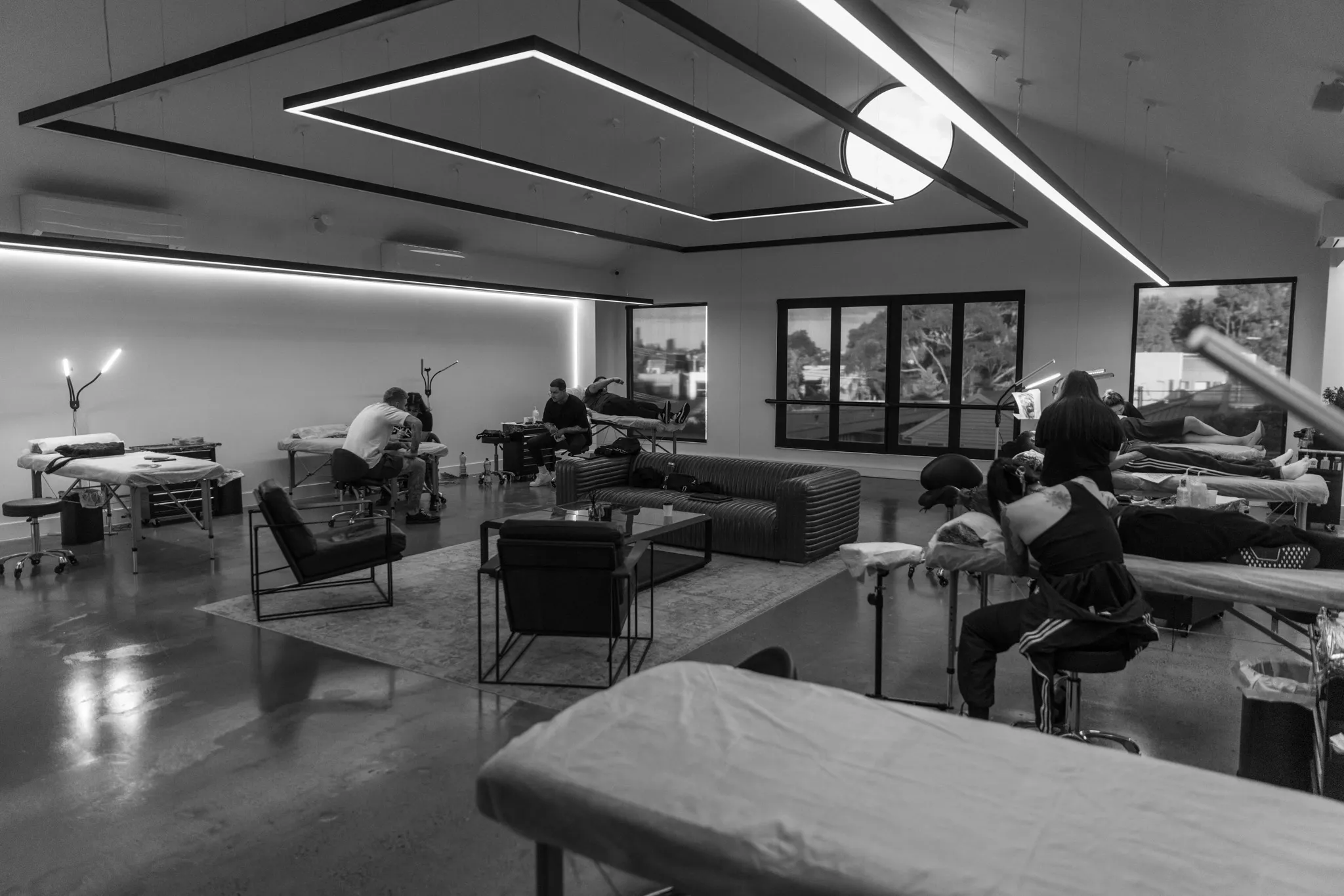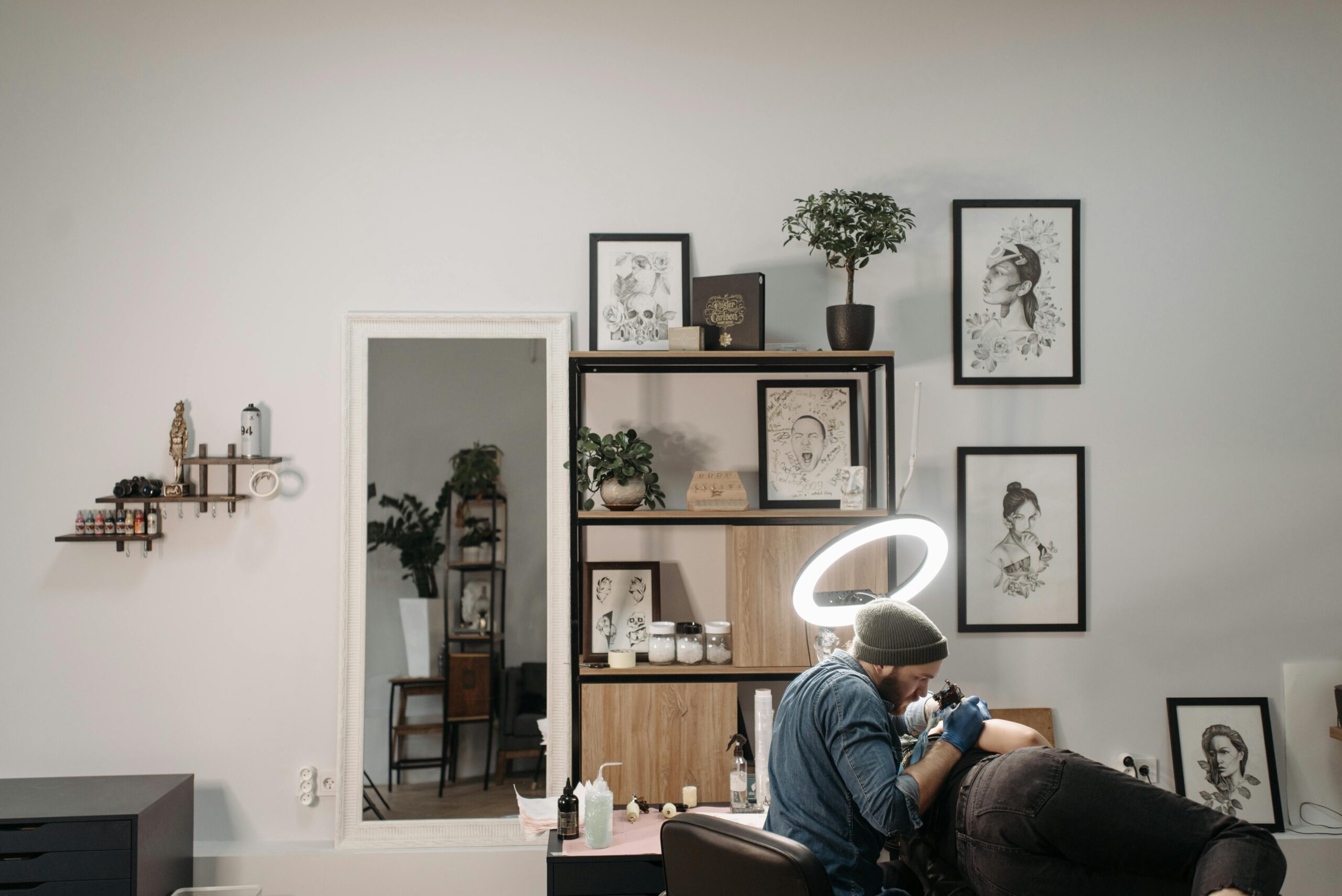The Premium Positioning of Fine Line Specialists
Fine line tattoo specialists occupy a unique market position that commands premium pricing across Australia’s tattoo industry. While generalist tattoo artists compete on price and availability, fine line specialists operate in a different economic ecosystem where scarcity, specialised skill, and aesthetic appeal justify rates 40-50% higher than industry averages.
The mathematics are compelling: generalist tattoo artists in Australia charge $150-$180 hourly, while fine line specialists consistently command $200-$300 hourly. This premium pricing reflects genuine value differences—the technical precision required, the artistic sensitivity demanded, and the specific market segment served. A fine line tattoo course provides the specialised training necessary to justify and sustain these premium rates.
The business model for fine line specialists differs fundamentally from traditional tattoo shops. Rather than volume-based operations requiring constant client flow, fine line specialists build boutique practices focused on quality over quantity. This approach enables better work-life balance while maintaining or exceeding income levels of busier generalist studios.
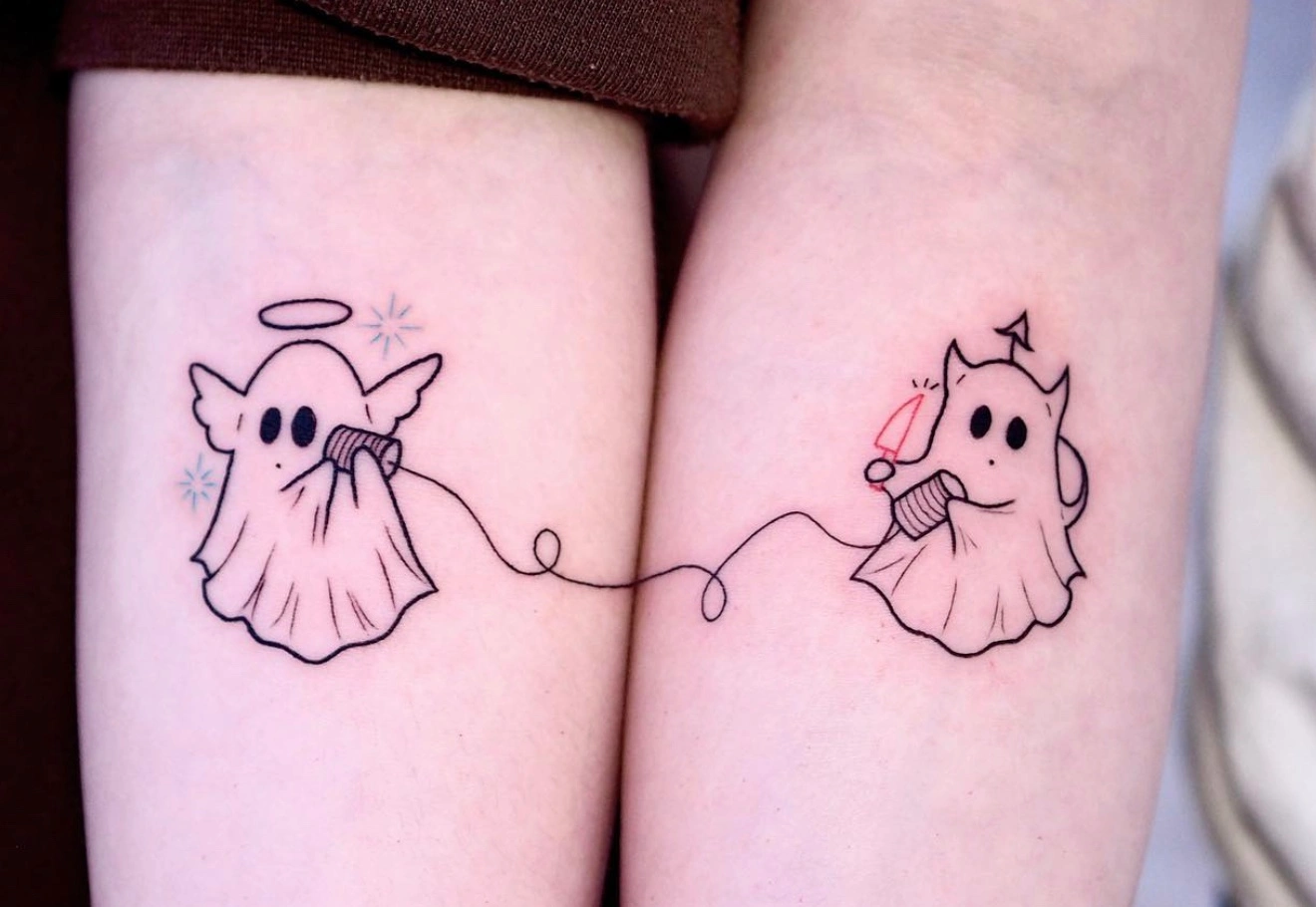
Understanding the Fine Line Client Demographic
Fine line clients represent a distinct demographic with specific characteristics that support premium pricing. These clients typically include professional women aged 25-45, creative professionals, and style-conscious individuals who view tattoos as sophisticated body art rather than rebellious statements.
The disposable income levels of fine line clients significantly exceed typical tattoo customers. They’re accustomed to paying premium prices for quality services across their lifestyle choices—from boutique fitness to artisanal coffee. They value expertise, exclusivity, and aesthetic refinement over bargain pricing.
Client motivations for choosing fine line work reveal willingness to invest in superior outcomes. They seek subtlety compatible with professional environments, artistic expression that ages gracefully, and personalised service exceeding standard tattoo experiences. These priorities create price insensitivity when specialists deliver expected value.
The referral patterns within fine line demographics amplify business growth. Satisfied clients enthusiastically recommend specialists within their professional and social networks, generating qualified leads willing to wait and pay for quality. This organic marketing reduces acquisition costs while maintaining premium positioning.
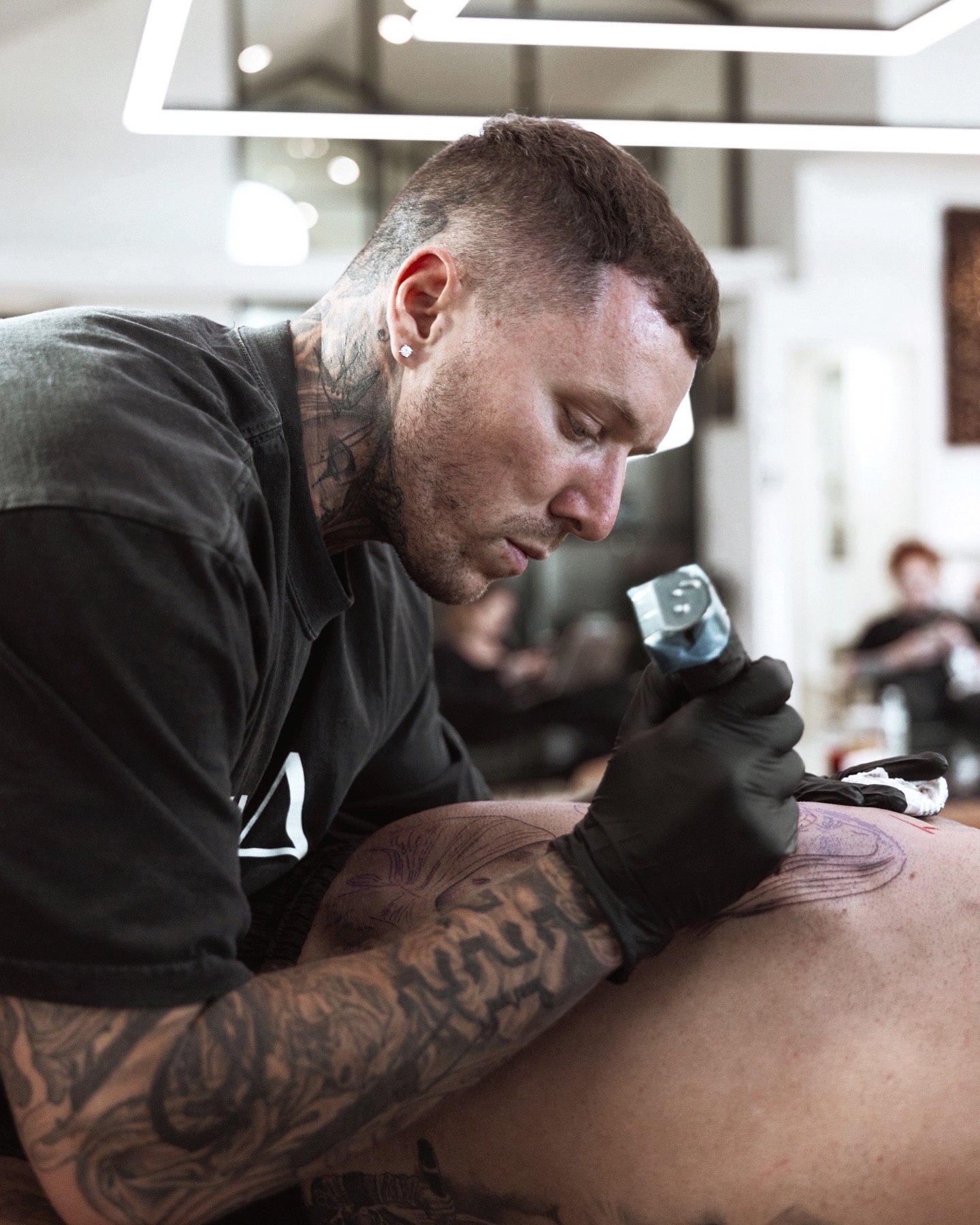
Building Your Premium Brand
Successful fine line businesses require intentional brand development distinguishing them from general tattoo services. This differentiation begins with visual identity—from logo design to studio aesthetics—communicating sophistication and artistry rather than traditional tattoo imagery.
Digital presence becomes crucial for attracting fine line clientele. Instagram feeds showcasing consistent aesthetic vision, professional photography highlighting work details, and thoughtful captions demonstrating artistic philosophy attract ideal clients. Websites must reflect premium positioning through design quality, user experience, and content sophistication.
Physical space, whether private studio or shared workspace, should align with client expectations for premium services. This doesn’t require luxury fit-outs but demands cleanliness, organisation, and aesthetic consideration. Clients paying $300 hourly expect environments reflecting that investment level.
Professional presentation extends to every client touchpoint. Email communications, consultation processes, aftercare materials, and payment methods all contribute to premium perception. Fine line courses preparing students for business success address these operational elements alongside technical training.
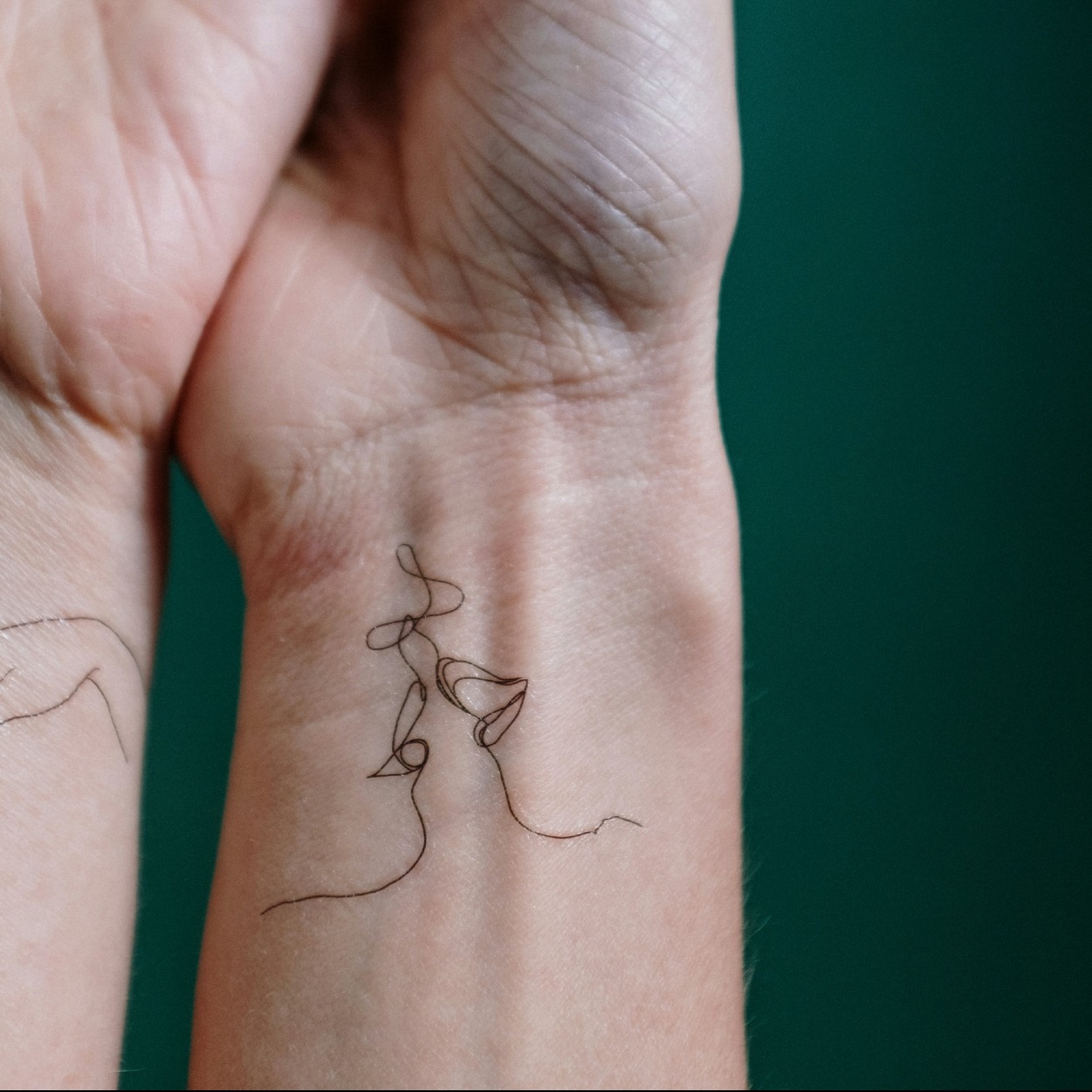
Pricing Strategies for Maximum Profitability
Fine line specialists must price services reflecting their value while remaining accessible to target demographics. This balance requires understanding cost structures, market positioning, and psychological pricing principles that influence purchasing decisions.
Hourly rates represent just one pricing option. Many fine line specialists prefer piece-based pricing that captures value beyond time investment. A delicate botanical piece might take two hours but carry artistic value justifying $800-$1,000 pricing. This approach rewards efficiency and artistic merit rather than slow work.
Minimum pricing protects profitability for small pieces that require full setup and preparation regardless of size. Fine line specialists typically set minimums at $250-$350, ensuring even tiny tattoos generate acceptable returns considering consultation, design, and preparation time.
Package pricing for multiple sessions or related pieces encourages larger commitments while providing client value. Offering slight discounts for booking series of complementary pieces builds client relationships and ensures steady bookings. This strategy particularly suits fine line work where clients often want cohesive collections.
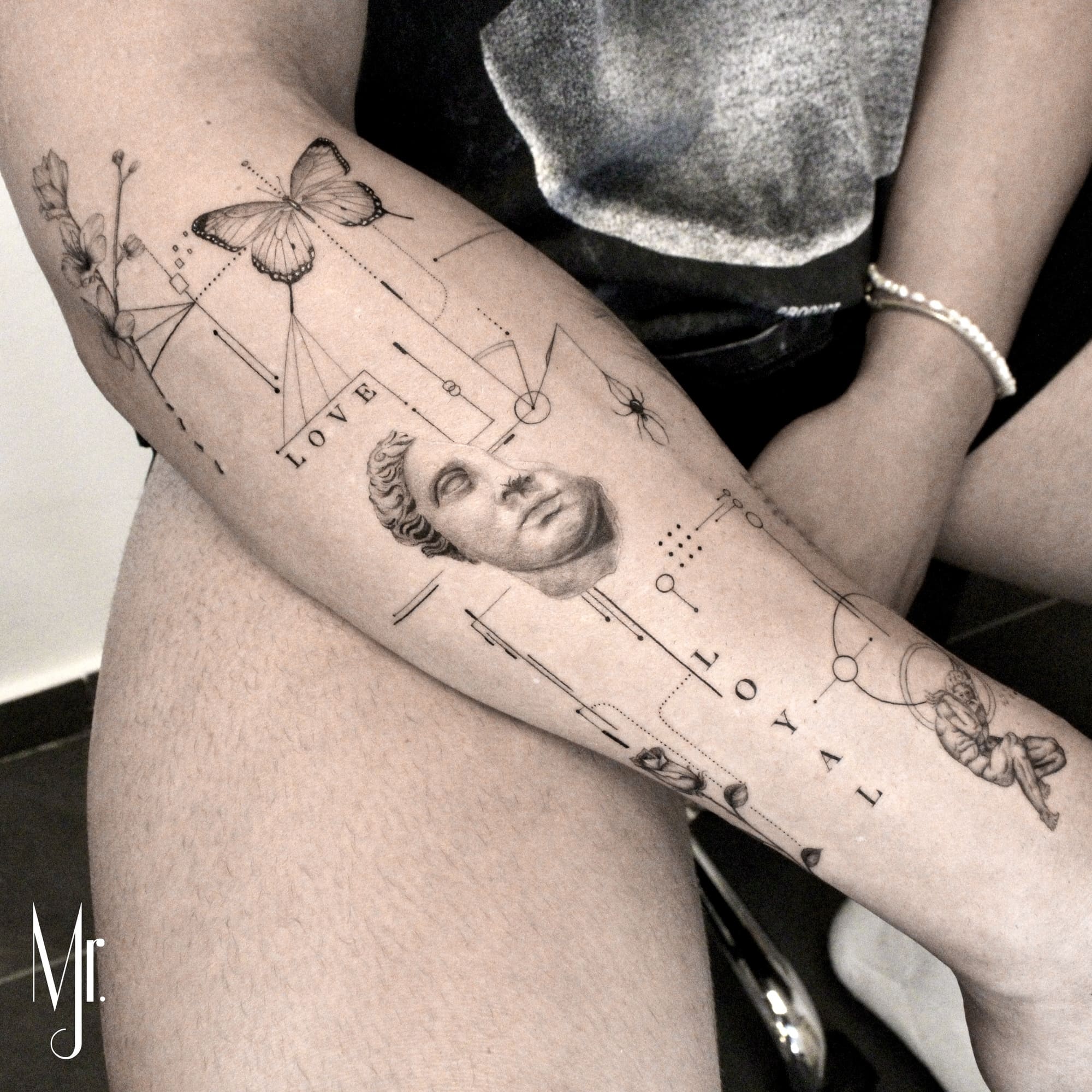
Operational Efficiency for Higher Margins
Fine line specialists optimise operations for profitability rather than volume. This requires different approaches to scheduling, supply management, and workflow than traditional tattoo businesses.
Appointment scheduling should maximise productive time while preventing fatigue that compromises quality. Many specialists book longer sessions with fewer clients daily, reducing setup/breakdown time while maintaining energy for precision work. Three four-hour sessions weekly can generate equivalent income to five full days of traditional tattooing.
Supply costs for fine line work typically run lower than traditional tattooing. Minimal ink usage, smaller needle requirements, and simpler colour palettes reduce consumable expenses. However, investing in premium supplies that ensure consistent results protects reputation and justifies pricing.
Digital design and consultation processes streamline operations while enhancing client experience. Video consultations save travel time, digital design iterations reduce revision meetings, and online booking systems eliminate administrative burden. These efficiencies enable focus on revenue-generating activities.
Selective client acceptance protects both profitability and reputation. Fine line specialists can afford to decline projects outside their expertise or clients with unrealistic expectations. This selectivity ensures every piece enhances portfolio and reputation rather than diluting brand positioning.

Marketing Strategies for Premium Services
Marketing fine line services requires sophisticated approaches aligned with target demographic expectations. Traditional tattoo marketing tactics—flash sales, walk-in promotions, loud advertising—actually deter premium clients seeking exclusive experiences.
Content marketing through blog posts, videos, and social media education positions specialists as experts rather than service providers. Explaining fine line techniques, sharing artistic inspiration, and discussing design philosophy attracts clients valuing expertise and artistic vision.
Collaboration with complementary businesses expands reach within target demographics. Partnerships with high-end beauty salons, boutique clothing stores, and wellness centres introduce services to aligned audiences. These relationships generate qualified referrals from trusted sources.
Limited availability marketing creates urgency and exclusivity. Announcing limited booking windows, showcasing waiting lists, and highlighting advance scheduling requirements reinforces premium positioning. Scarcity increases perceived value and willingness to pay premium rates.
Word-of-mouth amplification through exceptional experiences generates sustainable growth. Surprising clients with thoughtful touches—custom aftercare packages, follow-up check-ins, anniversary reminders—creates stories they share enthusiastically. These authentic endorsements outperform any paid advertising.
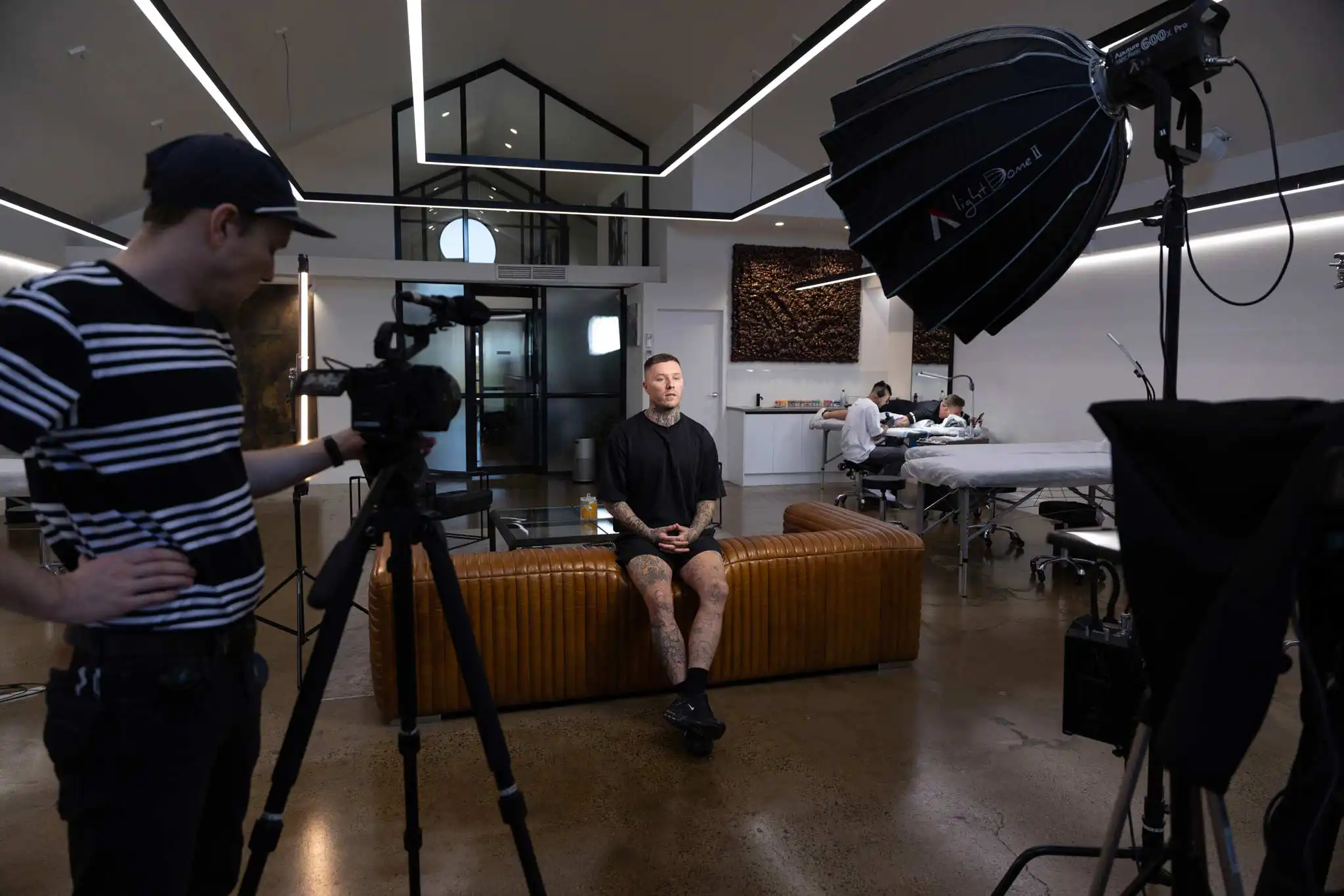
Scaling Without Sacrificing Quality
Fine line specialists face unique scaling challenges given the personal nature and technical demands of their work. However, several strategies enable business growth without compromising quality or lifestyle.
Associate artist models allow expansion without personal burnout. Training carefully selected artists in specific techniques while maintaining quality standards enables serving more clients. Senior specialists focus on complex pieces while associates handle simpler requests under supervision.
Workshop and education offerings create additional revenue streams leveraging expertise. Teaching fine line techniques to other artists, hosting design workshops for enthusiasts, or creating online courses generates passive income while building industry reputation.
Product development opportunities exist for established specialists. Aftercare product lines, design templates, or merchandise featuring original artwork diversify income. These offerings serve existing clients while attracting new audiences.
Selective franchising or licensing arrangements could replicate successful business models in other markets. This requires systemising operations, documenting procedures, and maintaining quality controls but offers significant growth potential.
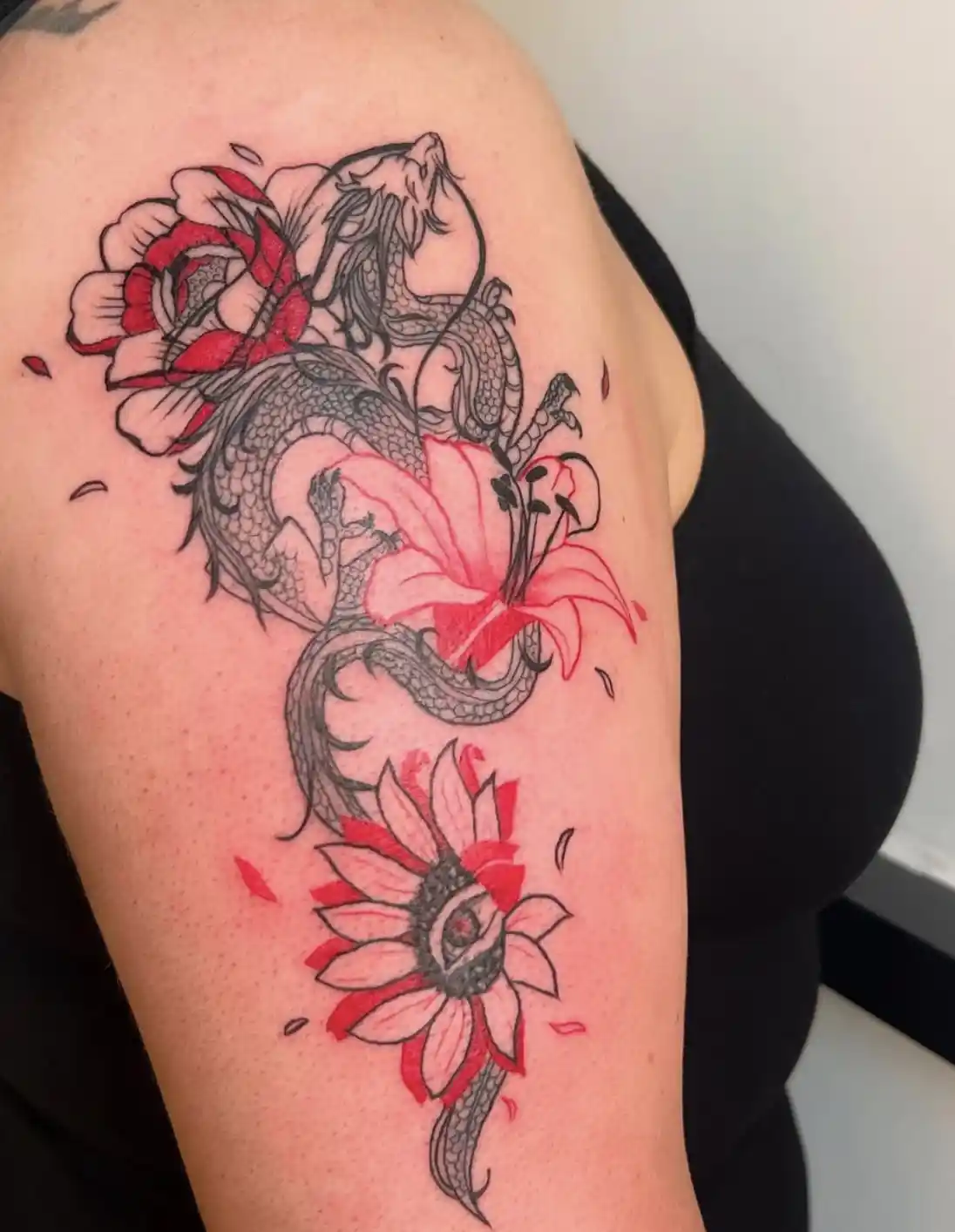
Your Path to Premium Positioning
Building a successful fine line tattoo business requires more than technical skill—it demands business acumen, brand development, and strategic positioning. A comprehensive fine line tattoo course provides both artistic training and business education necessary for premium market success.
The 40% income premium fine line specialists enjoy reflects genuine value delivery to discerning clients. This isn’t about overcharging but about specialising in high-demand services that justify premium pricing through superior outcomes and experiences.
The opportunity exists now. Demand continues growing, competition remains limited, and clients actively seek qualified fine line specialists. With proper training, strategic positioning, and commitment to excellence, your fine line tattoo business can achieve premium pricing and sustainable success. The question isn’t whether specialisation pays—it’s whether you’re ready to claim your position in this lucrative market segment.
